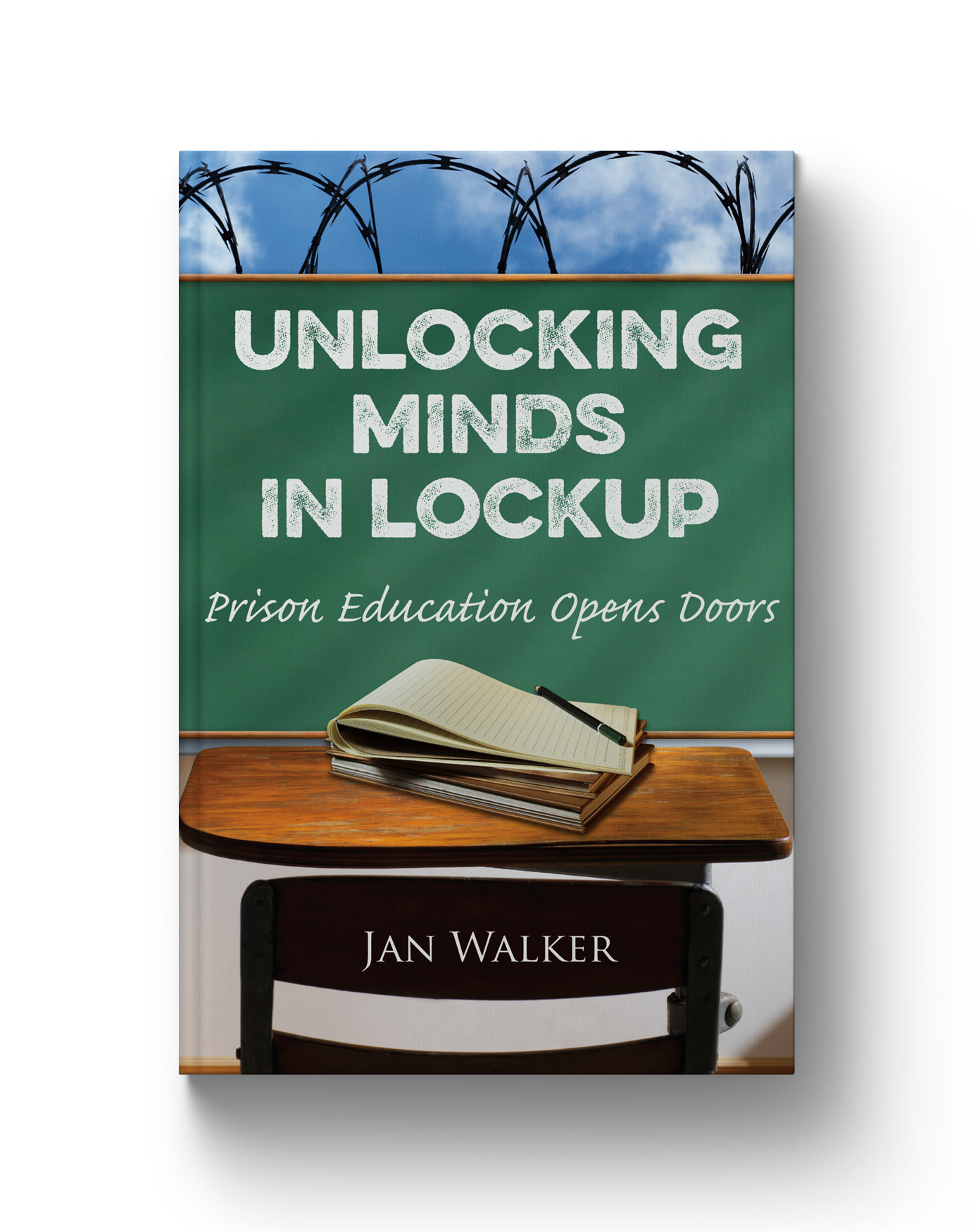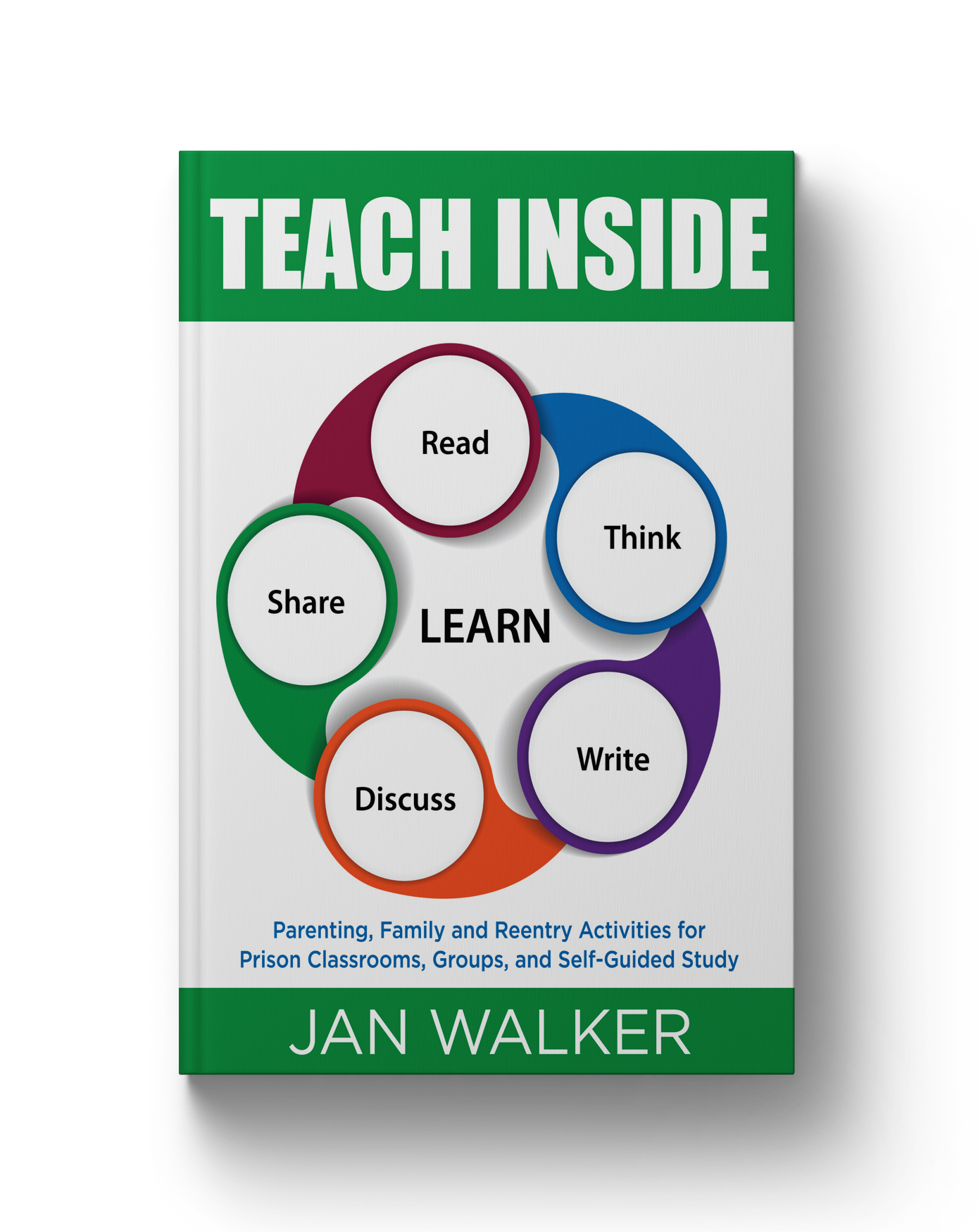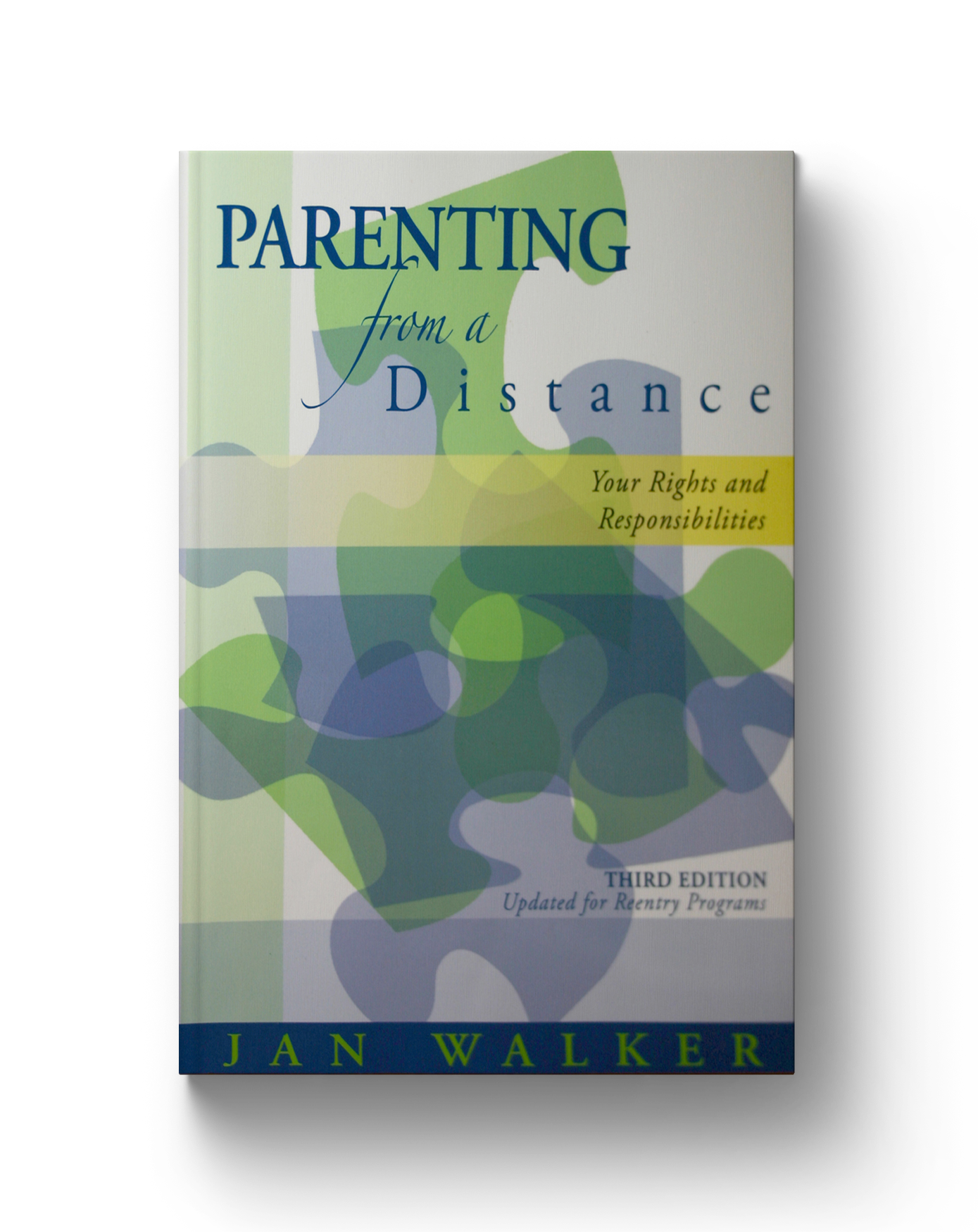
Rain Shelters and Ghost Gods
Genre: Mainstream/Family Saga
Is it possible for a dead man’s spirit to slip into another’s body to shepherd his daughter through a difficult emotional journey?
When sorrows pile up on Eve Sorenson, she packs away her Pacific Northwest life and moves to Hawai`i to care for her aunt – her beloved dad’s sister. On the first day of her stay, she hears her dad’s voice telling her to go to Lyon Arboretum. “Go now,” he says.
She leaves her early morning beach run on Windward O`ahu to obey his bidding. She’s sorting thoughts in the arboretum rain shelter when an insistent dog interrupts her, plants muddy paw prints on her T-shirt and leads her to the hidden ravine where a Hawaiian man, Noa Kalai`i, hovers near death.
While she ministers to the man, two apparitions form and dissolve at his feet. Hawaiian myth tells of spirits returning to a body not ready to die, but two is one too many and one appears to be her dad.
Rain Shelters is a story about the strength of one woman’s spirit as she examines life, love, loss and death, and chooses to live. It captures the Hawaiian mystique, and lets Eve discover how her personal loss mirrors that of the native Hawaiian culture, currently struggling for sovereignty or nation within a nation status. It is not a ghost story.

Hansen’s Landing
Genre: Mainstream/Family Saga
One woman’s struggle to save family waterfront acreage from upscale development, and to save her family in the bargain.
Hansen’s Landing—40-acre waterfront on Puget Sound, vintage house, four quaint cottages, rustic dock, some timber.
Kelda Hansen and her Uncle Ragnar know those are nice words for old, run-down and rotting. Taxes are skyrocketing, rumors of an old unsolved murder are swirling, and Kelda’s husband is on a mission to develop a gated community at the Landing.
Ragnar, 80 and some odd years, figures it’s time to take to his bed, leave the mess to Kelda, but first he plants a thousand small fir trees for forgiveness. Only problem, Lydia—Kelda’s long dead mother—is sending messages into his head, telling him it’s time to unravel some truths untold.
Kelda, family therapist, wife, mother of two daughters in college, is on the verge of burnout. She ferries across the Sound on weekends to check on her uncle, determined to postpone development as long he’s alive.
Then comes Raymond Walkingstick, Indian lawyer who lived for a time in a driftwood and mat shelter on the Landing inlet. He’s seeking the spirit of Lydia Berg Hansen who, in a sense, gave him life. Ragnar gave him permission to live in one of the old cottages and lease some of the land to grow native plants. Investing money in the cottages and letting someone start plowing up land is not part of Kelda’s plan.

History Lesson: The Walls Know Where the Body Lies
Genre: Mainstream Fiction/Family Saga
Buried body in the Old Town Lodge … truth or fish tale? Only the oldest Slavonian fishermen know. From mystery to history and back again.
Old Town teen Beth Marasich knows the history going back to her great-grandfather, one of four cabin boys from Croatia who jumped ship and hid out to settle a town and establish a salmon fishing industry. Her grandfather carried on the tradition. Now, in the wake of his death, Beth is tasked with teaching her same age California cousin, Dani Manette Marasich, family and local history. She calls the buried-body story a fish tale.
Beth is well versed in fish tales and salmon fishing. She guts, scales and bones fish without worrying about her fingernails. Her dad is carrying on the family fishing tradition. Her mother owns a cleaning business. Beth helps both parents and is a star player on an area premier soccer league. Think of her as wholesome.
Dani Manette Marasich is a privileged California girl a couple months older than Beth. She’s trying to retire from her mother’s fashion design and modeling business to study film making. She calls herself a former eat-and-puke girl (bulimic) and pill-popper, both conditions common to models. That, combined with her best friend’s drug overdose, send Dani back to Old Town for the summer she and Beth both turn fifteen. In her mind, she becomes Beth’s summer project. Think of Dani as sophisticated and troubled.
Beth and Dani alternate chapters, Beth addressing you in first person present, Dani in third person past. An Old Town vignette opens the story with hints of a buried body. Continuing vignettes appear between each chapter, giving you a view of the history as it developed and the impact on the entire Marasich family.

The Whiskey Creek Water Company
Genre: Historical Fiction/The Great Depression
Local Indians called the natural spring burbling in the forest spirit water. Scandinavian settlers translated the name to Whiskey Creek, positing the question, “What’s in a name?”
November, 1932, Burke Bay on Puget Sound at the mouth of Whiskey Creek. Legend has it that Indians who camped to hunt and fish in the area called the artesian spring up in the valley above the bay lum chuck or spirit water. Scandinavian settlers honored that, naming the stream flowing from the spring Whiskey Creek. Rumor has it the creek attracted Farley Price, the dark cloaked stranger who disrupted life and incited fear in the community.
When Maeva Swanson, school teacher, enrolls Price’s waif-like child in first grade and befriends his battered wife, her boat captain fiancé leads a group determined to send the Price family packing. In her private journal, Maeva writes Farley Price roils the waters of Whiskey Creek and Burke Bay.
Orval Blevins, owner of Whiskey Creek headwaters, distills a fine product and needs one good legger to handle delivery. He figures Price, who arrived in a souped-up car to work on a dairy farm, will fill the bill.
Eleanor Price, Farley’s wife, is biding her time, hoping Farley will disappear and leave her to the life she’s building in this new and strange place so far from her family’s Kansas ranch.
Hauk and Lang Nordlund, bachelor brothers new to the community, are quiet observers who find themselves attracted to unavailable women, Hauk to Maeva and Lang to Eleanor. As trouble brews they also find themselves gearing up to protect the community from danger wrought by Price.
The Great Depression was a worldwide economic depression that began in the United States in late 1929 and lasted to the mid-1940s.

A Farm in the South Pacific Sea
Genre: Literary Fiction Circa 1967 – Based on a true story.
American business woman June Sandusky sells income property and interest in a seaplane to site and establish a spiny lobster farm in the kingdom of Tonga.
The customs agent looked her down and up. “But there must be some mistake. You are a woman.”
So begins June Sandusky’s adventure in the Kingdom of Tonga, where she has the king’s permission to site and develop a spiny lobster farm in the sea. It’s 1967, and the Privy Council are law lords of the country. They consider June, a thrice-divorced Seattle business woman who sold income property to finance her adventure, an interloper. But, she has the financing and will be tolerated, to a degree.
With the help of sea captain/businessman Tavita Tupioni, working at the king’s behest, June locates a site on a remote island where the few families welcome her and the work her project will provide. She settles in a palm frond fale without electricity or running water, hires a chief diver who is determined to become her lover, and struggles against the sea, the male-dominated culture and her last divorce.
Tavita, a half-Brit married to a privileged class Tongan, assists June but tests her mettle and sea skills at every opportunity. She confounds him. At home he orders his wife to come out of her religious isolation and take a firmer hand with their daughter, 13, who is becoming obsessed with the American, and with female independence.

Romar Jones Takes a Hike
Genre: Mainstream Adult & YA
A grieving ninth grade boy walks out of his Oregon high school to search for his mother who’s in a Washington prison.
Meet Romar Jones, 15 ½, basketball player with months to go before the next season and no one who cares about him since Granny died. His dad’s been dead for two years, his mother’s in prison and his foster care relatives are about to send him away for the summer.
When his 9th grade language arts teacher says pay attention to the poetry unit or take a hike, Romar opts for the hike, leaves Roseburg, Oregon, and embarks on a journey to truth and independence. He cadges some food from his uncle and aunt’s kitchen, crams his clothes and a little money in his dad’s old trail-guide backpack, and sets out.
He heads to Smelt Sands Beach near Yachats on the Oregon coast to leave off some of Granny’s ashes. Within minutes of first chasing waves on the ocean beach, he encounters a derelict man he dubs Meth Mouth.
Five days after leaving school and six miles short of Yachats, he stops at Vesta’s by the Sea. Could have been good luck. Could have been Granny steered him there and had a hand in all that happened after.
Vesta takes to him the moment he walks in the door and offers to let him stay as caretaker. Her grandniece, Kyra, is the prettiest girl he’s ever talked with, and she’s Granny’s distant cousin – a kissing cousin to him. The kissing part sounds good.
But Meth Mouth seems to have followed him and set up camp on the beach below Vesta’s. Andm, for some reason, Roman can’t quit writing poems in his head.

An Inmate’s Daughter
Genre: YA Mainstream
“My dad’s in prison for killing another man. He’s an inmate, but he’s still my dad.”
Jenna MacDonald is the new girl in her Tacoma, Washington middle school where she hopes to become part of the school’s multi-racial “in group.” She has Native American heritage from her father who’s in prison at McNeil Island. She, her mother and younger brother have moved to Tacoma to be close enough for prison visits.
After one of those visits Jenna jumps into the cold waters of Puget Sound to rescue a younger girl who trips and falls from the boat dock. Jenna’s mother is furious at her for drawing attention to their prison visit. Jenna is expected to obey her mother’s strict “Don’t Tell” rule about her dad’s crime and imprisonment.
Jenna’s father spends his time in prison studying to be a better parent. He understands that children of inmates are doing time, too. Jenna tells her feelings to journals she keeps hidden. She tries to make friends and to help her younger brother understand the problems they are facing as children with an incarcerated parent.

Unlocking Minds in Lockup: Prison Education Opens Doors
Genre: Narrative Nonfiction/Memoir
Education inside prison is more than a door-opener for offenders—it’s the path to a successful return to family, community and social responsibility.
OVERSTOCK SALE _ Contact jan@janwalker-author.com
Unlocking Minds in Lockup gives readers an Inside View of convicted felons at work to change their lives. Readers see and hear adult women and men inside as they confront their behaviors and attitudes, and do the work needed to rethink their choices.
This book is especially insightful because the classes where readers see offenders working to change are focused on parenting, family relationships and history, personal and social responsibility and behavior management. Inmate students learn through applying critical thinking and reasoning concepts to their own lives. They engage in open discussion, reach out to their families—especially their children—and reexamine their roles and responsibilities in the social order.
The author’s own self-revelation and her growing determination to learn what offender students needed and then provide it, is shown in this statement: I’d never before met anyone who worked in prison, never known anyone sentenced to do time, never given prison or inmates, or their interactions, much thought. That made me a rather typical American.
Typical Americans are alarmed at the financial cost of mass incarceration, now over $80-billion per year and rising. But the human cost is equally and possibly more damaging to our society. This work will take you along with the author on her journey from community college instructor to correctional educator determined to help incarcerated offenders learn how to help themselves and thus their families and the greater society in the process.

Teach Inside: Parenting, Family and Reentry Activities for Prison Classrooms, Groups and Self-Guided Study
Genre: Education
Activities and supplements designed for use by offenders doing time inside prison or jail, or participating in reentry programs in community corrections.
Criminal justice reform depends on prison education programs that prepare offenders for release to the real world and return to their families.
Teach Inside: Parenting, Family and Reentry Activities is an easy-to-use tool for incarcerated adults and older juveniles at all learning levels. It works in classrooms or groups, or for self-guided study.
Six Teach Inside Activities:
Reparent Yourself – The ages and stages of human development, and how to rethink behaviors and choices that led to incarceration. You reparent yourself when you take personal responsibility for your attitudes and beliefs. You grow up again when you work on problems that develop as you grew. Set goals for choosing to change.
Child Custody & Dependency Laws – Information about legal and social services that provide assistance for children’s care. Child custody, legal guardianship, dependency, foster care and termination of parental rights are discussed.
Reaching Out to Children and Family – Staying in touch with family and friends during incarceration is considered the most important factor for a successful reentry.
Talking to Children About Prison or Jail – How to explain crime and incarceration to children depends on their age and level of understanding. It is your parental right and responsibility.
Visiting Inside: Keep it Positive – Make visiting time family bonding time. Includes information on visitation types and planning to make visiting a positive experience for you and your family.
Reuniting with Your Family and Community – Prepare for the stress of reentry while you’re doing time. Education, vocational training, and skill building inside help with reuniting and job hunting when you’re released.
Three Supportive Information Supplements:
Think About It! Use Critical Thinking to Reexamine Crime-related Behavior – Critical thinking involves analyzing and reasoning. It can help students with any subject matter.
Family History & Patterns: Roles and Rules – Functions and Dysfunctions – Examining family history and patterns of behavior helps incarcerated students unravel faulty reasoning learned in the family.
The Power of Story: Writing from Life . . . A Writer’s Workshop – Writing stories about life experiences and memories provides students with another tool for personal awareness and growth.

Parenting From a Distance: Your Rights and Responsibilities
Genre: Education
A valuable resource for incarcerated parents who are committed to remaining involved with their children and willing to accept the responsibilities associated with parenting from a distance.
Commitment and Challenge
Research shows that children of incarcerated parents suffer from a variety of learning and attention disorders. They tend to ignore homework assignments. Many of them develop substance abuse problems.
Rights and Responsibilities
Incarceration does not end your financial responsibility to your children unless the court legally terminates your rights. You can help pay child support costs by registering with the court for minimum support status.
The Explanations
You have the right to choose what you want your children to know about your separation. You have a responsibility to give them that information as soon as reasonable.
The Daily Routine
Stay involved in your children’s daily routine by working closely with the children’s primary caregivers.
Touching From a Distance
Communication is important to parents and children. Phone calls keep voices alive. Letters answer questions.
Visiting
Prison visiting requires planning and legal preparation. Minor children need the consent of their non-incarcerated parent or legal guardian. Consent may include notarized forms and certified birth certificates.
Holidays and Occasions
Focus on ways to help children feel special on their birthdays and find joy on holidays.
The Systems
Incarceration involves legal and social services systems. Laws affect child custody and guardianship. Legal guardianship can be tailored to meet the child’s needs.
Shared Parenting
Incarcerated parents who remain involved with their children are also involved in shared parenting.
Reuniting
Taking parenting classes or relationships’ counseling may be as important during reentry as AA and NA. For difficult reunions, use a Contract for Forgiveness. Make Family Meetings part of your reunion.
Suggestions at the book’s end include an Affidavit of Legal Guardianship, a Sample Letter to School, and a Sample Letter to Caseworker.

